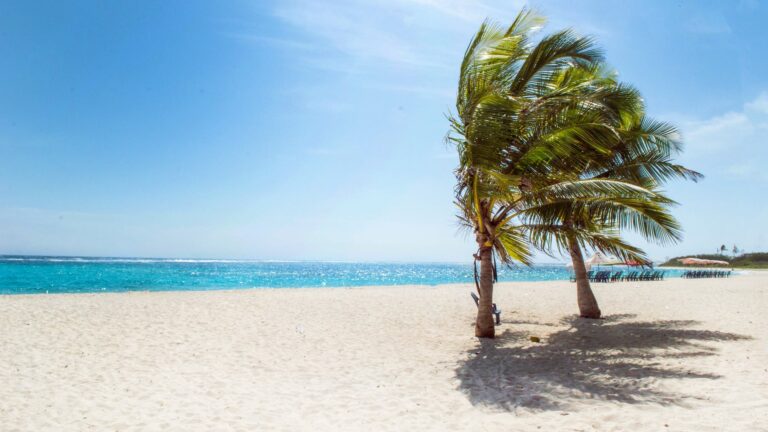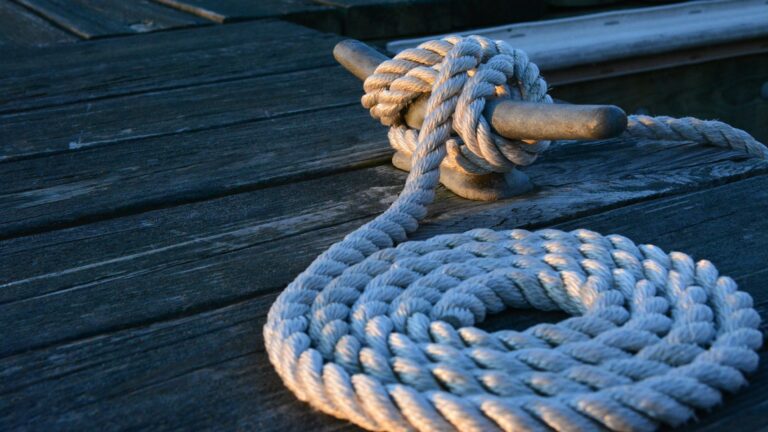How To Sail Downwind?
As a world-class sailor, I’ve sailed in all kinds of conditions. But one of the most enjoyable and challenging is sailing downwind.
There’s a special technique to it, and once you master it, you can really enjoy the ride. So in this article, I’m going to share with you my top tips on how to sail downwind.
With these tips, you’ll be able to enjoy the wind in your sails and make the most of your time on the water. So let’s get started!
What Is Meant By Sailing Downwind And Upwind?
Sailing Upwind:
When you sail upwind, you are sailing against the wind. This means that the wind is blowing against the sails, making it more difficult to move forward.
In order to sail upwind, you need to be able to point the boat into the wind and keep it pointing in that direction. This can be difficult, especially if the wind is strong.
Sailing Downwind:
Sailing downwind is when the wind is blowing from behind the boat and pushing it along. This is the easiest and fastest way to sail since the boat is being propelled by the wind.
However, it can be more difficult to control the boat when sailing downwind since the wind can push it around.
Upwind sailing is the opposite of downwind sailing and is when the wind is blowing from in front of the boat. This is more difficult since the boat has to fight against the wind to move forward.
Downwind Boat Speed Checklist
Downwind sailing is one of the most exhilarating experiences in the sport of sailing. When the wind is blowing from behind the boat, the sails are full, and the boat is accelerating, it feels like the boat is flying.
However, downwind sailing can also be dangerous, and it is important to be aware of the potential hazards. Here is a checklist of things to keep in mind when sailing downwind:
1. Stay In Breeze
If you want to maintain your speed while sailing downwind, it’s important to stay in the breeze. This means keeping your sails full and trimmed so they don’t luff, and keeping an eye on the wind direction. If you get too far away from the wind, you’ll lose speed.
2. Find Clear Air
When you’re trying to increase your boat’s speed, it’s important to find clear air. This means finding a part of the race course where there is no wind shadow from other boats. Once you find clear air, you can sail faster and improve your position.
3. Work The Boat For Vmg
Once you have the boat trimmed for speed, it’s time to start thinking about VMG – Velocity Made Good. This is the speed you are actually making in the direction you want to go.
To get VMG, you need to work the boat. This means sail in short tacks, zig-zagging back and forth across the wind. This may seem like you are going slower, but you are actually making better progress towards your destination.
Keep an eye on your heading and speed, and adjust your sails and course as needed. The key is to keep the boat moving fast in the direction you want to go.
By following these steps, you can make sure you are getting the most out of your downwind boat speed.
4. Reduce Drag With Heel, Boards, And Weight Placement
There are three main ways to reduce drag on a boat: by using the heel, boards, and weight placement.
1. Heel: When a boat heels, or leans to one side, the wind resistance is reduced. This is because the wind has a harder time blowing against the larger surface area of the boat.
2. Boards: Boards, or sails, can be used to deflect the wind. This reduces the amount of wind that hits the boat, and therefore reduces drag.
3. Weight placement: The placement of weight on a boat can also affect drag. By placing weight near the center of the boat, the boat will be more streamlined and have less drag.
5. Work The Sails
When sailing downwind, you need to make sure your sails are trimmed correctly. If your sails are not trimmed properly, you will not be able to sail as fast as you could be.
There are a few things you need to keep in mind when trimming your sails:
1) The wind needs to be blowing across the sails, not into them.
2) The sails need to be trimmed so that they are just barely luffing. If they are not luffing at all, you are not trimmed properly and will lose speed.
3) The mainsail should be trimmed so that the boom is in the center of the boat.
4) The jib should be trimmed so that the clew is just off the centerline of the boat.
5) The sheets should be trimmed so that they are just barely pulled in. If they are pulled in too tight, the sails will not be able to fill properly and you will lose speed.
By following these simple tips, you can make sure your sails are trimmed properly and you are sailing as fast as you can.
Do You Sail With The Wind Or Against It?
This is a common question among sailors, and the answer is not always clear. In general, you want to sail with the wind if possible, but there are times when sailing against the wind may be the best option.
Sailing with the wind is usually the fastest and easiest option, since the wind will push your boat along.
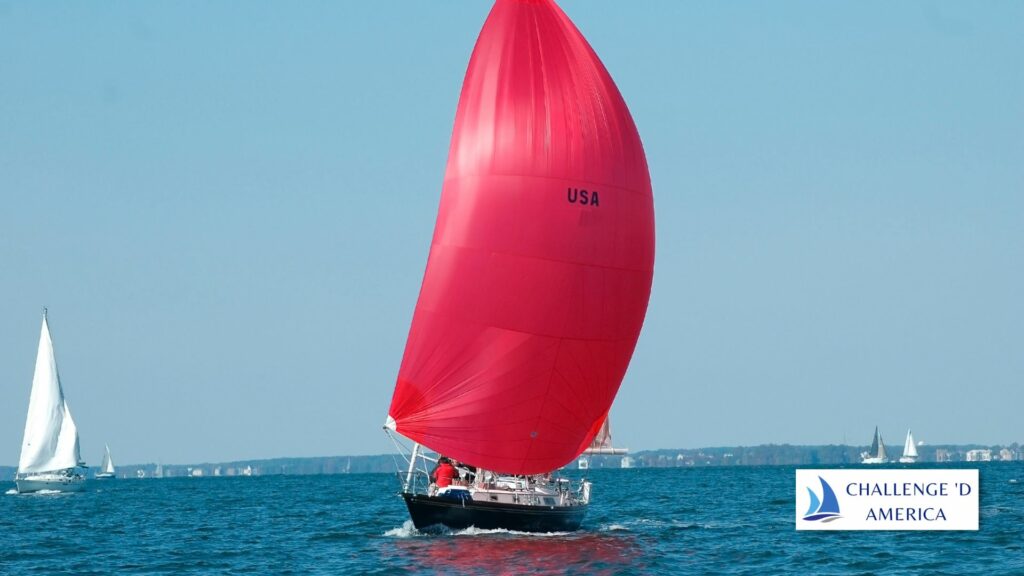
However, there are times when the wind direction may make it difficult or even impossible to sail in the desired direction. In this case, sailing against the wind may be the best option.
Sailing against the wind can be slower, but it can also be more challenging and exciting. It can also help you to develop your sailing skills.
So, there is no right or wrong answer to this question. It depends on your personal preferences and the situation you are in.
Is It Better To Sail Upwind Or Downwind?
There is no easy answer to this question. It depends on a variety of factors, including the wind conditions, the type of boat you are sailing, and your personal preferences.
If you are sailing in light wind conditions, it may be better to sail upwind. This will allow you to make better use of the wind and avoid getting pushed around by the waves.
If you are sailing in heavy wind conditions, it may be better to sail downwind. This will help you avoid being overpowered by the wind and waves.
Ultimately, the best way to decide which is better for you is to experiment and see what works best in different conditions.
How Do You Tell Which Way Is Downwind?
There are a few ways to tell which way is downwind. One way is to look at the sails. If the sails are luffing, or flapping, then the boat is probably not going downwind.
Another way to tell is by the waves. If the waves are coming from behind the boat, then the boat is sailing downwind.
Finally, you can feel which way the wind is blowing. If the wind is blowing from behind you, then you are sailing downwind.
What Happens If You Sail Too Close To The Wind?
If you sail too close to the wind, your sails will start to luff and you’ll lose speed. If you keep sailing too close to the wind, you’ll eventually capsize. So it’s important to keep an eye on the wind and adjust your sails accordingly.
Conclusion On How To Sail Downwind?
I hope this article has given you some helpful tips on sailing downwind. Remember to keep your sails trimmed, watch for wind shifts, and be careful not to get caught in a cross-wind. With a little practice, you’ll be sailing downwind like a pro in no time!


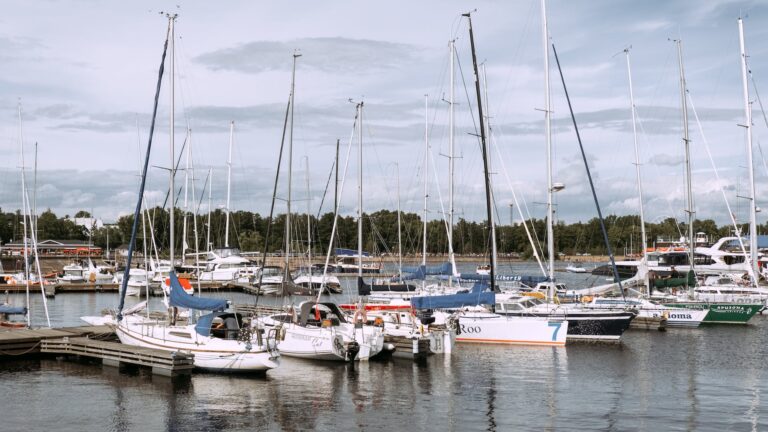
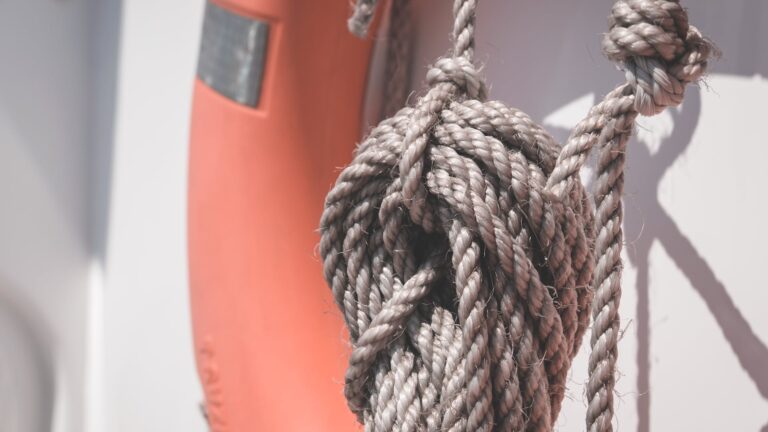
![fastestpointofsail-sailing-downwind-reaching-running-tacking-jibing-spinnaker-mainsail-jib-sailtrimming What is the fastest point of sail?[Editing Required]](https://challengedamerica.org/wp-content/uploads/2023/02/fastestpointofsail-sailing-downwind-reaching-running-tacking-jibing-spinnaker-mainsail-jib-sailtrimming-768x432.jpg)
